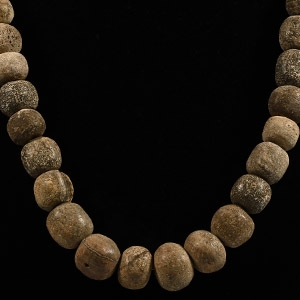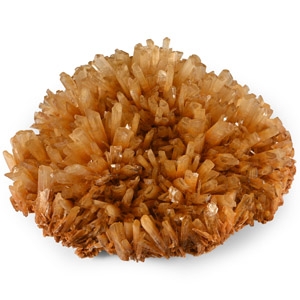Home > Auctions > 4 - 9 March 2025
Ancient Art, Antiquities, Books, Natural History & Coins
From Brazil.
Ex Mineral Imports, London, UK.
Gregory, Bottley & Lloyd (Gregory's).
From a Lincolnshire, UK, collection.
A crater field of roughly 26 craters was found in the vicinity of this crater, which is estimated to date to 4-5 thousand years BP. The age of the meteorite itself is thought to be c.4.5 billion years, formed as part of the development of this solar system. The largest two fragments, the 30.8 ton Gancedo and 28.8 ton El Chaco, are among the heaviest meteorite masses ever recovered on Earth. In 1576, the governor of a province in Northern Argentina commissioned the military to search for a large mass of iron, which it was believed the local people claimed had fallen from the sky and which they used for their weapon production. The expedition discovered a large mass of metal which was assumed to be an iron mine and brought back a few samples, which were described as being of unusual purity. Following the legends, in 1774 Don Bartolomé Francisco de Maguna rediscovered the iron mass. He himself did not believe that the stone had fallen from the sky and assumed that it had formed by a volcanic eruption. However, he sent the samples to the Royal Society of London. In 1990 it became protected by law.
From Brazil.
Ex Mineral Imports, London, UK.
Gregory, Bottley & Lloyd (Gregory's), Harwich, UK.
From Steepdrop, Vanderhoft, Belgium.
From the private collection of Kenneth Machin (1936-2020), Buckinghamshire, UK; with collection no.VM28; his collection of antiquities and natural history was formed since 1948; thence by descent.
From Morocco, North Africa.
Property of an Essex, UK, gentleman.
Carcharodon megalodon is regarded as one of the largest and most powerful marine predators in vertebrate history and likely had a profound impact on structuring of the marine communities. Fossil remains indicate that this giant shark reached a length of more than 16 metres (52 ft) and also affirm that it had a cosmopolitan distribution. Scientists suggest that in life it looked like a stockier version of the great white shark, Carcharodon carcharias.
Property of a Stockport, UK, collector.
Ex Mineral Imports, London, UK.
Gregory, Bottley & Lloyd (Gregory's), Harwich, UK.
Ex property of a West London gentleman; his collection formed in the late 1980s-early 1990s.
Property of a Californian, USA, collector.
From a Cambridgeshire, UK, collection.
Ex West country, UK, collection, 2000s.
See Guide to the Elephants (Recent and Fossil) in the British Museum (Natural History), BM, 1922, pp.35-47, for discussion.
The mammoth lineage branched from the Asian elephant around 6 million years ago, and later on the Woolly Mammoth, Mammuthus primigenius, evolved in eastern Siberia. Woolly mammoths, being slightly smaller than living African elephants, were foragers and ate grass, as well as small, nutritious flowering plants that flourished in the environment where they lived. They may also have used their curved tusks to dig through snow and eat plants that other foragers couldn't get to.
From Germany.
From a Cambridgeshire, UK, collection.
From Australia.
Acquired Kettering, UK, in April 2002.
From the private collection of Kenneth Machin (1936-2020), Buckinghamshire, UK; his collection of antiquities and natural history was formed since 1948; thence by descent.
2389 - 2400 of 3546 LOTS

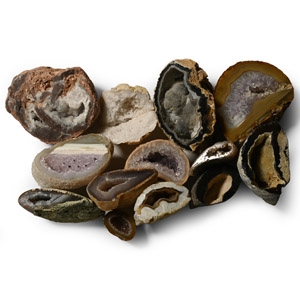
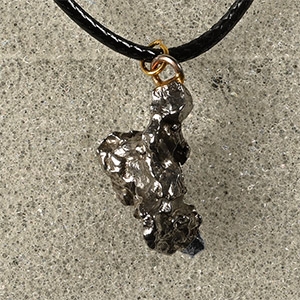
![Complete Cut and Polished Agate Crystal Geode [2] Complete Cut and Polished Agate Crystal Geode [2]](https://timelineauctions.com/upload/images/items/small/227849-s.jpg)
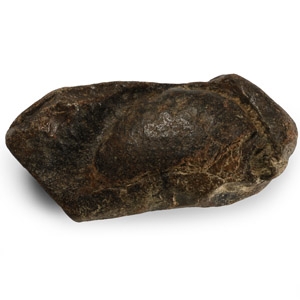
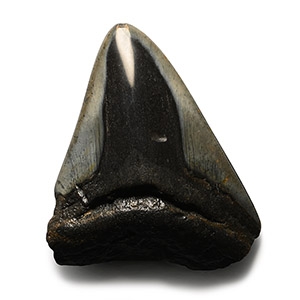

![Boxed Optical Selenite Mineral Specimen Group [9] Boxed Optical Selenite Mineral Specimen Group [9]](https://timelineauctions.com/upload/images/items/small/227881-s.jpg)


